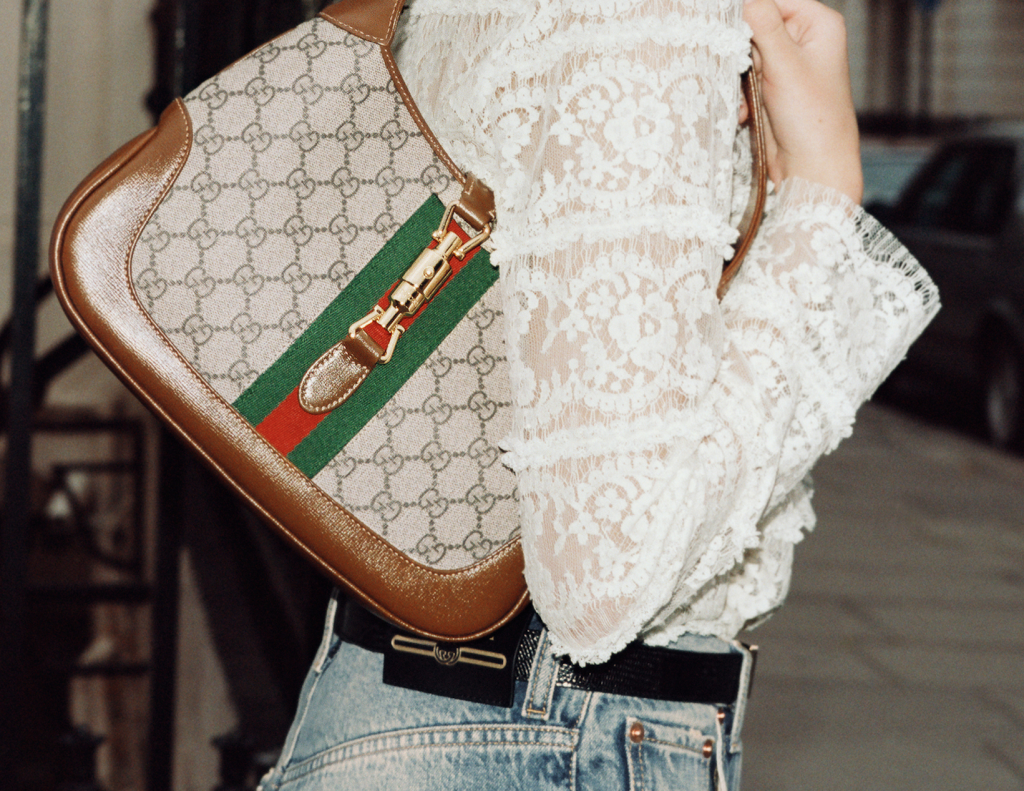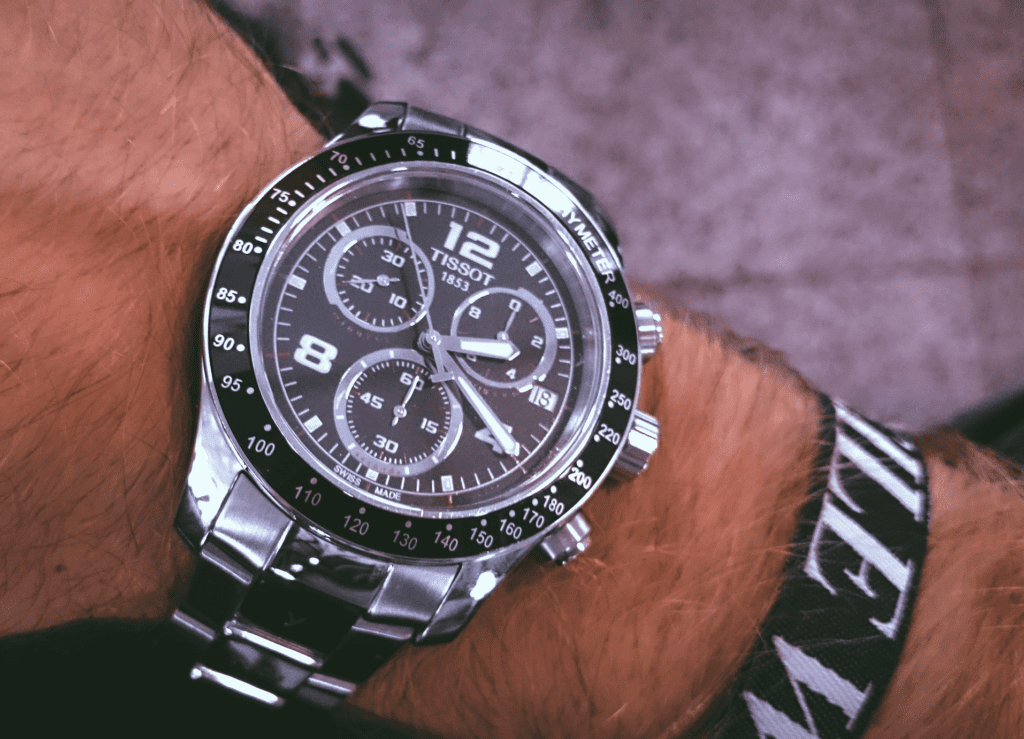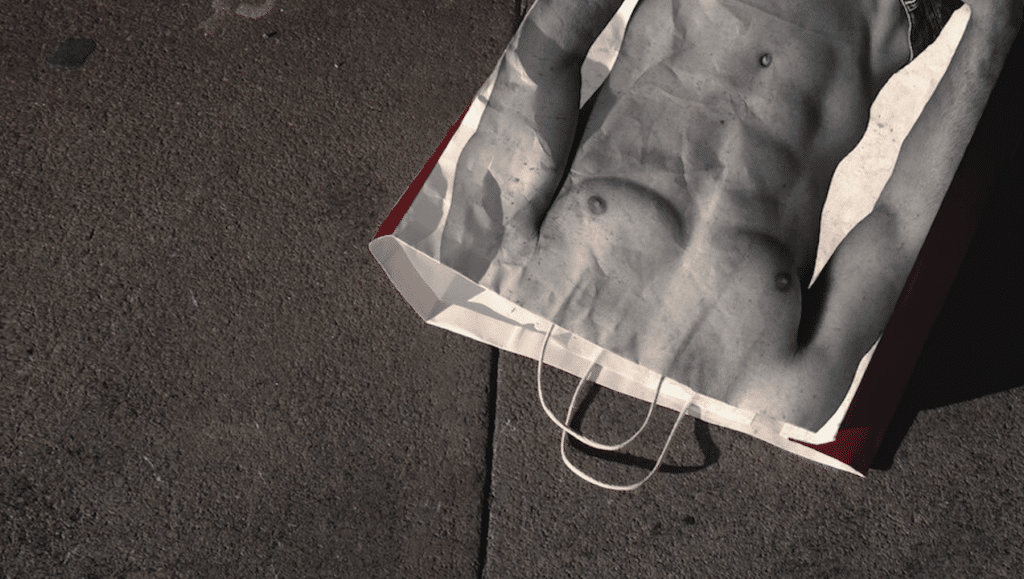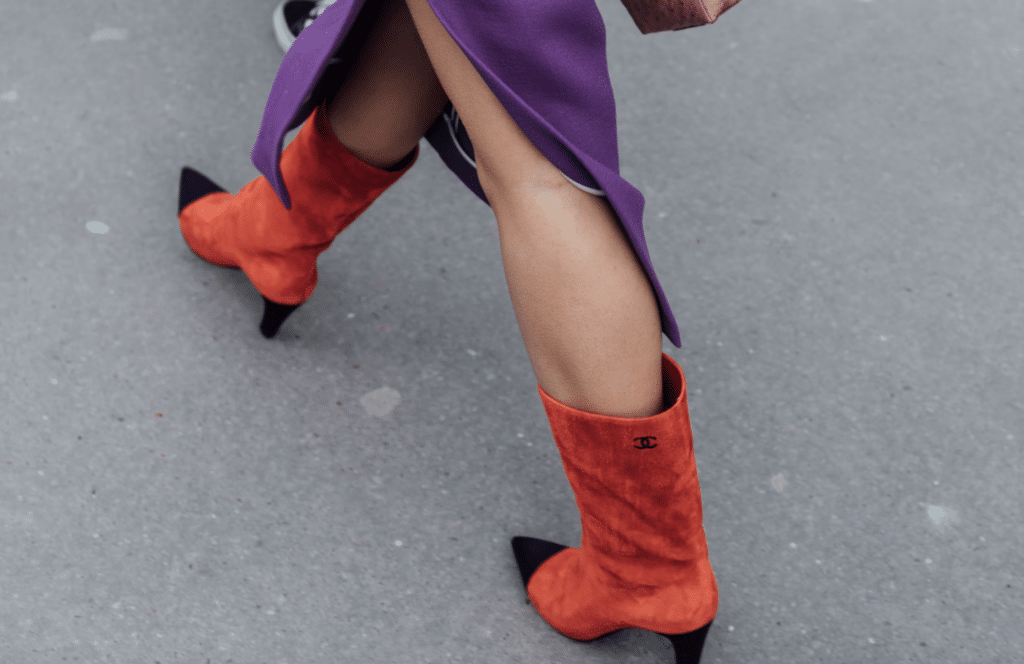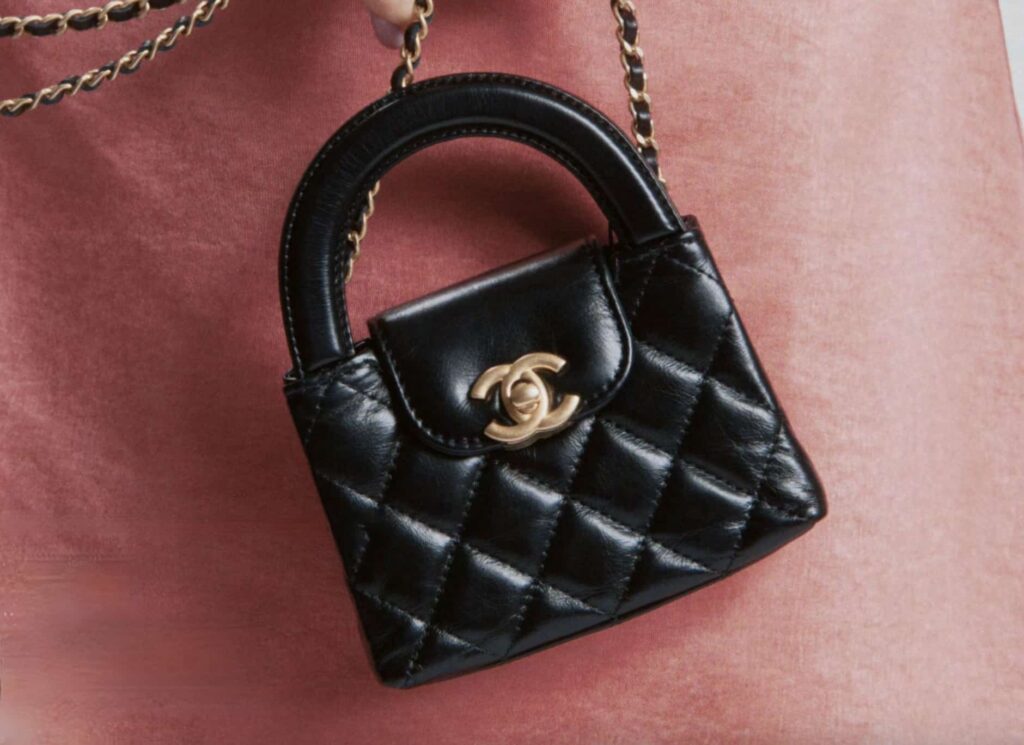In a Q1 earnings call this week, Kering shed light on its “solid start to the year,” which saw it generate sales of 3.73 billion euros ($4.49 billion), up 25.8 percent on a year-over-year basis. The Paris-based conglomerate pointed to the launch of Gucci’s new ready-to-wear flagship on Alibaba’s Tmall Luxury Pavilion in December 2020 and subsequent debut of a second beauty-centric shop on the Chinese e-commerce titan’s platform in February 2021 as helping to boost Gucci’s “strong results.” At the same time, Kering highlighted a “triple digit performance” for Gucci in China for the 3-month period, as well as 33.1 percent sales growth for Balenciaga and Alexander McQueen, and record-breaking results for Bottega Veneta, which saw the highest Q1 results in the history of the brand, as other key points of success.
Delving into what exactly is selling for the brands under its umbrella, Kering management made multiple mentions of a common theme during the call: the role that carry-over products (i.e., less trendy, staple items whose appeal carries over from one season to another) play in driving sales. As Bernstein noted in its takeaways from the Kering call, Gucci’s “leather goods carry-over lines make up 70-75 percent of [the brand’s total] sales,” pointing to Gucci’s relaunch of the Jackie 1961 for Fall/Winter 2020, and a reintroduction of the Bamboo, which is planned for the summer. Both come as part of a larger “Beloved” collection from Gucci, which the brand describes as bringing “a contemporary approach” to the house’s “archival elements,” and currently consists of GG Marmont, Dionysus, Horsebit 1955, and Jackie styles.
Bernstein cited Kering’s assertion that “Gucci sees a very good response to different handbag sub-categories,” with carry-over models “continuing to perform very well,” including “a very strong start with the Jackie 1961,” which references the original Jackie Kennedy-favored bag that was created in the early 1960s. The same goes for the Italian brand’s footwear, which also benefits from carry-over styles, as distinct from ready-to-wear, for instance, which is more dependent upon “newness” in Gucci’s larger product and revenue strategy of balancing “always-on pace of new additions that create constant excitement for customers” with the reintroduction of iconic house staples.
Looking beyond Gucci, Kering revealed that carry-over products quite notably contribute to sales at Saint Laurent, asserting that carry-over handbags were the brand’s most successful products for the first three months of the year. (Speaking of carry-over items, Kering revealed in its full year earnings call in February that “iconic” lines were “attracting a healthy mix of existing and new clients” for Bottega Veneta, alongside new launches).
And the topic came up again in connection with the industry-wide price increases that have been levied amid the COVID-19 pandemic, with Kering stating that “some price increases in 2020 had an impact on Q1.” Its “first increase in June 2020 and one in October 2020” were aimed “more or less [at] keeping price differential stable across regions.” Outside of that effort, Kering “did implement some deliberate price increases in carry-over items,” per Bernstein.
Balance is Good for Business
The power of carry-over products is interesting given that the fashion industry is dependent, in large part, upon manufacturing newness – and corresponding trends – on a season-after-season basis (hence, the over-the-top seasonal runway shows), and parlaying the created-allure of novelty, creativity, etc. into sales of new products. That model is almost certainly why Hedi Slimane’s development of a collection of staples during his tenure at Saint Laurent was noteworthy. “One of Slimane’s great innovations at YSL was a ‘permanent collection,’ a set of stuff that never changed,” Harvard Business Review stated in 2016. “In an industry and an economy so focused on novelty, that is rebellious.” Instead of simply creating “unwearable designs that telegraphed well from the runway, Slimane focused on details that shoppers would really care about.”
The Saint Laurent permanent collection – with its biker jackets, baby doll dresses, very-skinny-jeans, and Slimane-approved sneakers, among other things – got its start in 2013, and helped prompt sweeping success during Slimane’s tenure. In the four years that he was at the helm, Slimane boasted double-digit revenue growth, enabling Saint Laurent to go from a “sluggish” brand, as the New York Times put it in 2016, to “a commercial powerhouse, reporting slightly less than 1 billion euros, or about $1.14 billion, in revenue.” (For a point of comparison, the brand’s revenue figure was 353 million euros in 2011, per HBR).
In its 2014 annual report, just over a year after the launch of the permanent collection venture, Kering revealed that “overall growth [for Saint Laurent] was driven by the success of permanent lines,” as well as “new introductions across categories.” Speaking at the FT Business of Luxury Summit in May 2016, Saint Laurent CEO Francesca Bellettini paid specific attention to the permanent collection, saying that no small part of Saint Laurent’s success came from sales of core, carry-over products – from its Sac du Jour handbags and to its leather jackets – which she said “consumers recognize as part of the brand.” Meanwhile, the Wall Street Journal reported in 2015 that some 30 percent of Saint Laurent’s total annual revenue was coming from a handful of pieces from its permanent collection, alone, which are never marked down, and in fact, “are often on a wait list.”
The collection and others like it perfectly exemplify the balance the big brands need to strike between cyclical, media-driving novelty exercises and staple, easily-identifiable, source-indicating goods – think: Saint Laurent biker jackets, Louis Vuitton Neverfulls, etc. – which is what the majority of these brands’ consumers actually buy.
Luxury Post-COVID
Fast forward to 2021 and in addition to being good for business, the emphasis on staple collections makes sense now for a couple of reasons. COVID-specific disruptions to normal sales – which despite rebounds in Asia and North America are, in fact, still enduing in Europe and other markets – make it so that brands with strong staple collections are less likely to be forced to markdown their offerings in order to move them. After all, staple items can stay on shelves for much, much longer. “The proportion of carry-over versus seasonal [products] is going to determine how big markdown risk is going to be,” Deutsche Bank research analyst Francesca DiPasquantonio recently told Vogue Business.
At the same time, while the “roaring 20s” may be upon us post-COVID, past consumption patterns suggest that while consumers may be itching to get out again, their high-end purchases may not necessarily reflect such exuberance. Instead, luxury consumers (in the West, at least) might opt for quieter, more trend-divorced accessories.
The assignment of value by the resale market, which largely favors less trendy offerings in favor of staple items (i.e., Hermès Birkin, Kelly, and Constance bags, Chanel Flap bags, Louis Vuitton Neverfulls, etc.), and the extent to which consumers take this into account when acquiring new luxury accessories (and it seems that at least some do), may also be increasingly steering consumers towards accessories with staying power. The RealReal, for instance, asserted in its 2020 Resale Report that “of the many trends driven by COVID-19, one of the most surprising in the current economic climate is the significant increase in shoppers buying high-value investment pieces.” This has seen a “gravitation towards quieter stealth luxury” purchases – or in other words, “iconic” bags – as opposed to the latest, fleeting trends.
If Kering’s Q1 results, including the emphasis on carry-over items, and Gucci’s recent tie-up with Balenciaga is any indication, the group’s biggest brand appears to be betting on both, which, in a market that is increasing fractured between spending habits – and frankly, COVID status – in the various different regions, makes a lot of sense.




